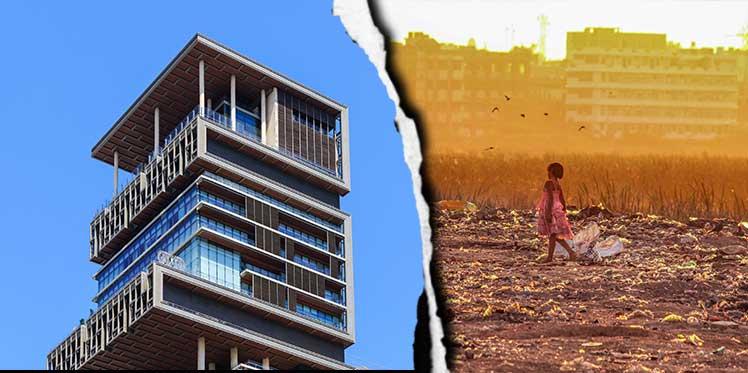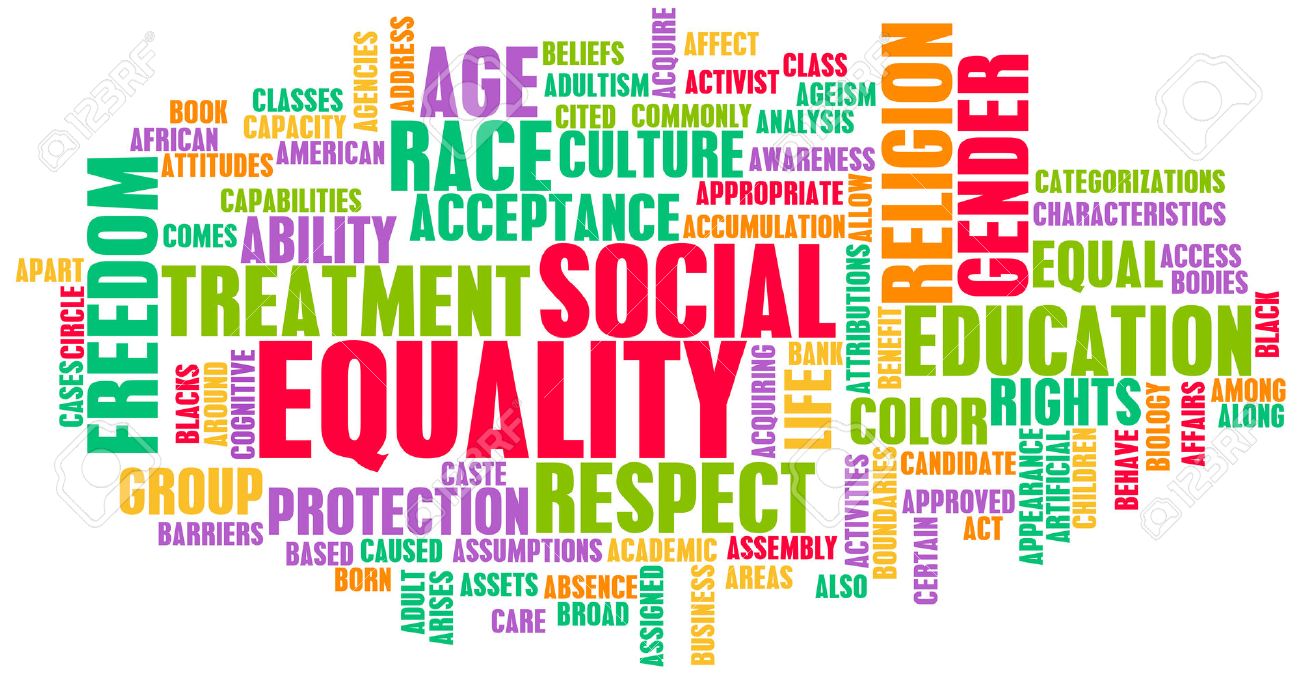It is unarguable that India’s economy is tremendously uneven. India’s household surveys underreport consumption, income, and wealth by a large margin.
Furthermore, it’s difficult to refute the idea that Covid-19 has exacerbated existing inequities by deepening faultlines.
The rise in the fortunes of the wealthy at this time, when compared to the misery of millions of migrant labourers forced to return to their communities, serves as a harsh reminder of the breadth of economic inequality.
The current edition of the World Inequality Report (2022) serves as a valuable reminder of the income concentration at the very top of the pyramid in this scenario.
Socio-Economic Inequality in India :-

- Inequality in Consumption, Income, and Wealth: In India, the discourse on inequality is largely focused on differences in consumption, income, and wealth.
- However, there are significant inequalities in “opportunity” in the country.
- Factors Affecting Opportunity Inequality: An individual’s educational attainment, work and income possibilities, and, as a result, his or her class of destination are all influenced by his or her class of origin, home of birth, and parents.
- Children born into disadvantaged households have a decreased likelihood of advancing up the income ladder, as seen by low levels of social mobility between generations.
- World Inequality Report: India-Specific Findings:
- According to the report, India is now one of the world’s most unequal countries.
- In India, the wealthiest 10% of the population earns 57% of the country’s total income.
- Within the top 10%, the very wealthy top 1% makes 22% of the total.
- In comparison, the share of national income earned by the bottom 50% has dropped to 13%.
- The female labour income share is 18 percent, which is much lower than the Asian average of 21% (excluding China).
- Impact of the Covid-19 Pandemic: Covid has worsened educational inequalities, caused labour market scarring, and aggravated economic disparity, all of which have a negative impact on social mobility.
- Impact on Education: According to the ASER 2021, expanded school closures and the move to online modes of education have worsened the learning gaps between children from affluent and poor families.
- Younger children from low-income families were more likely to be without access to learning tools such as smartphones, tablets, and the internet.
- Furthermore, nearly a quarter of children in households with smartphones were unable to utilise it.
- Impact on Jobs: Since the outbreak of the pandemic, India’s labour force participation has been declining, particularly among women.
- During the same time span, the unemployment rate increased from 7.5 percent to 8.6 percent, implying that the number of people looking for work has increased, possibly at lower salaries.
- Among those who do have work, the number of people employed as casual wage labour is growing. The increased “casualisation” or “contractualisation” of the workforce means that there are fewer well-paying, productive jobs available.
Way Forward :-

- Nordic Economic Paradigm: The existing neoliberal model can be replaced by the ‘Nordic Economic Model’ to make wealth redistribution more egalitarian.
- This Model includes effective welfare safety nets for all, transparent governance, the fundamental right to high-quality education and healthcare, and high taxes for the wealthy, among other things.
- Political Empowerment: This is the first and most important step in eradicating poverty. People in positions of political power will demand and receive better education and healthcare.
- It will also help to reduce society’s fundamental inequity and sectarian divides.
- According to Redistribution of Wealth: The World Inequality Report, 2022, multimillionaires should pay a modest progressive wealth tax.
- Because of the high concentration of wealth, even modest progressive taxes can generate enormous revenue for governments
- A 1.2 percent worldwide effective wealth tax rate on fortunes over $1 million may yield 2.1 percent of global income in revenue.
- Increasing Access to Basic Needs: Given India’s growing inequality, the route that public policy should now take is clear: health and education must be distributed considerably more widely among the population.
- Inequality can be minimised to a large extent by ensuring universal access to publicly funded high-quality services such as public health and education, social security benefits, and employment guarantee schemes.
- Employment Generation: The stagnation of industrial sectors such as textiles, clothing, autos, and consumer goods, among others, is a major contributor to rising disparities.
- Manufacturing with high labour intensity has the ability to absorb millions of individuals who are abandoning agriculture, whereas the service sector benefits the urban middle class.
- Pay Inequality Mitigation: According to the International Labour Organization (ILO), a minimum wage floor should be set in a way that balances the needs of employees and their families with broader economic issues.
- Promoting Civil Society: Giving traditionally disadvantaged and suppressed groups a stronger voice, including by 5 allowing civil society groups such as unions and associations inside these communities.
- Scheduled castes and tribes should be encouraged to start businesses, and programmes like Stand up India should be broadened to reach a wider audience by increasing funding.
- Imbibing Gender Equality: Barriers to women’s full participation in the economy must be removed, especially through labour market access, property rights, and targeted lending and investments.
- Encouraging more women to start their own businesses is a long-term solution.
- Women’s entrepreneurship has the potential to revolutionise India’s economy and society by creating jobs and increasing investment in health and education.
Conclusion
The Covid-19 pandemic has clearly harmed the most vulnerable members of society, particularly in terms of employment and education. To provide them with a level playing field in the labour market, concerted efforts are required to ensure enabling conditions for these groups to be educated and employed, as well as social security provisions. Furthermore, super-rich wealth taxes and a strong redistribution system could halt, if not reverse, the current trend of rising inequality.
